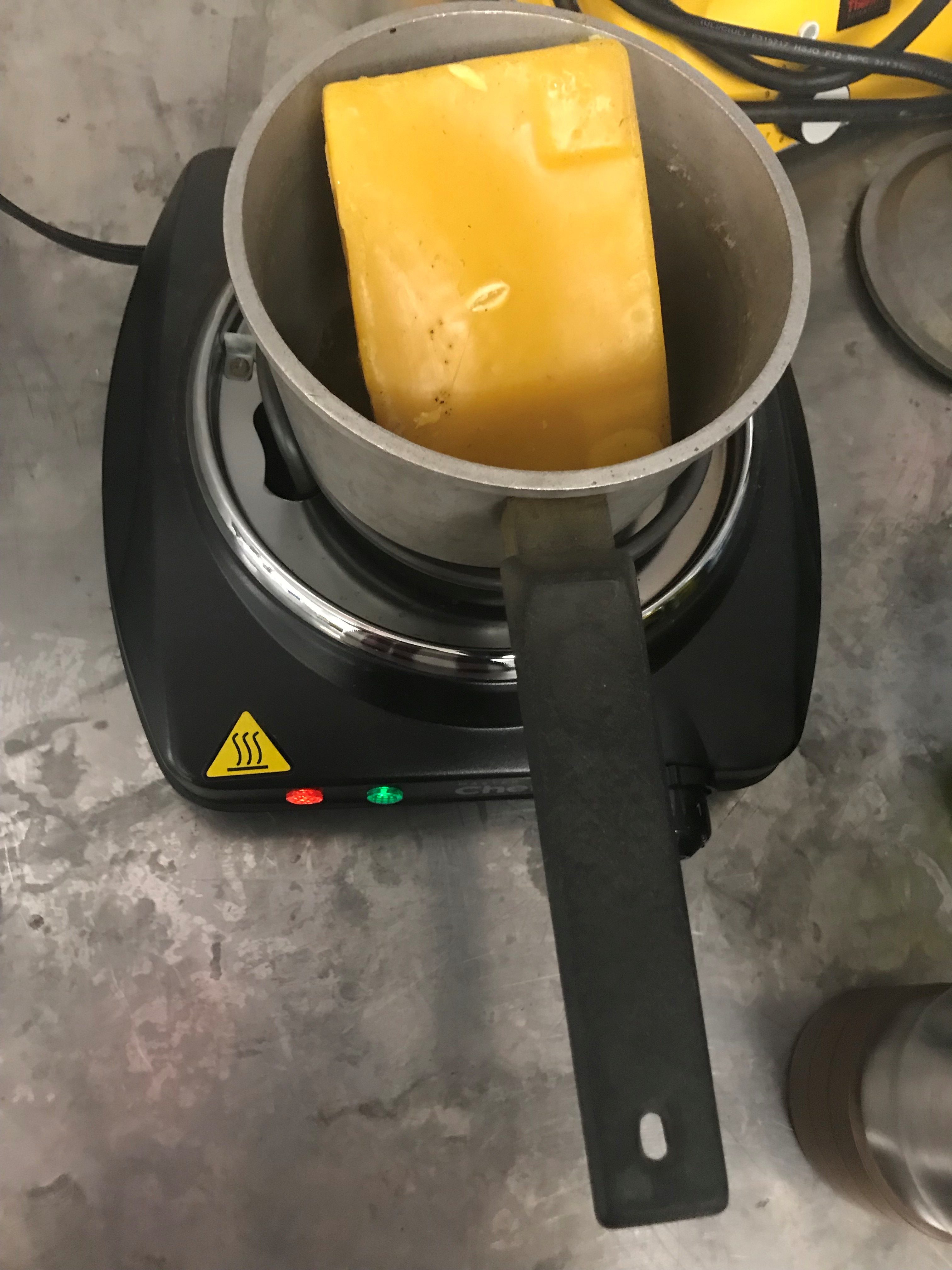Niagara College, known for its cutting-edge technology and innovative research, looked back in time this January as Winery and Viticulture Technician students explored an ancient method of fermenting and storing icewine.
Using a winemaking method that dates back over 8,000 years, NC students Michael Smith and Emily Royal bottled juice from the NC vineyard’s icewine grapes in a Qvevri. A Qvevri is a clay, egg-shaped vessel used to ferment traditional Georgian wines. Customarily, the Qvevri winemaking process involves burying the clay vessel in a hole in the earth for stabilization; this practice led to the discovery of ancient refrigeration when winemakers noticed fewer batches spoiling during fermentation.
Smith and Royal were brainstorming a creative way to store juice from the teaching vineyard when they were inspired by the Qvevri.
“Emily had noticed the Qvevri in the teaching winery and suggested we find out if we could use it,” said Smith.

Full of Vidal Icewine juice, Royal and Smith place the Qvevri is a bucket of sand mimicking the traditional method of placing a largest Qvevri in the earth.
The vessel, all the way from the Republic of Georgia, was brought to the college by Wine Business Management student Andrew Graham. In addition to his studies at NC, Graham is an active archeologist with experience working on sites in the Republic of Georgia and served as the director of a team that found the oldest confirmed evidence of winemaking in the world. While the Qvevri used by the students is not an ancient artifact, it maintains the shape and materials used to ferment ancient wines.
“From a research standpoint, this project allowed us to research winemaking in clay vessels, providing new insight and perspectives to the more commonly used stainless steel or oak vessels used for fermenting icewine,” said Royal.
Once Smith and Royal secured the Qvevri for their project, the trial quickly become a collaborative effort when the pair learned the vessel is traditionally sealed with beeswax to keep oxygen from seeping through the porous clay. With support and supplies from Commercial Beekeeping program coordinator Mylee Nordin, Smith and Royal slowly warmed the Qvevri and fresh beeswax to coat in the inside of the vessel.

Royal and Smith melt beeswax from NC’s Commercial Beekeeping program.
“The college is a hub filled with passionate individuals with a wide and unique range of skills sets,” said Royal.
“We still have research to do on the influencing factors of the beeswax contact, the oxygen transfer rates, vessel shape, and the temperature regulating effects,” said Smith. “These are aspects that are not often a consideration in icewine production and we will surely smell, taste, and see a difference in the final wine.

Heat must slowly be applied to the Qvevri while sealing the interior in order to keep the beeswax soft but avoid breaking the clay.
The icewine juice was sealed in the Qvevri on January 27 and is currently stored in the campus wine cellar. The pair look forward to unveiling the final product with their classmates at the end of April.


